#restored film
Text



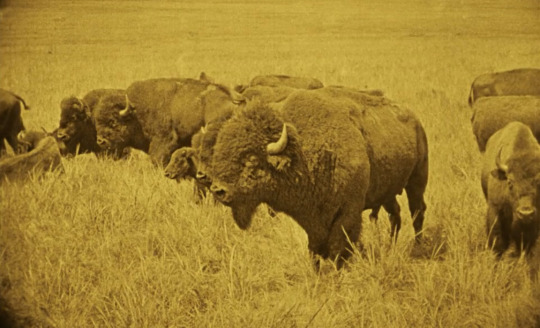

The Daughter of Dawn (1920) - Norbert A. Myles
From time immemorial, the eternal triangle.
#the daughter of dawn#daughter of dawn#norbert a. myles#esther lebarre#Jack Sankeydoty#White Parker#Hunting Horse#indigenous film#1920#all-native cast#restored film#film#film still#quote#watched in st louis#criterion channel#watched in november 2023
10 notes
·
View notes
Text
On October 13, 2015 Manos: The Hands of Fate was released on restored Blu-ray.




Here's some new Tom Neyman art to celebrate!
#manos: the hands of fate#manos the hands of fate#harold p. warren#tom neyman#elvira's movie macabre#mystery science theater 3000#mst3k art#mst3000#mst3k fan art#bluray#restored film#z movies#supernatural horror movies#horror art#horror film#horror movies#horror#movie art#art#drawing#movie history#pop art#modern art#pop surrealism#cult movies#portrait#cult film
3 notes
·
View notes
Text
instagram
0 notes
Photo
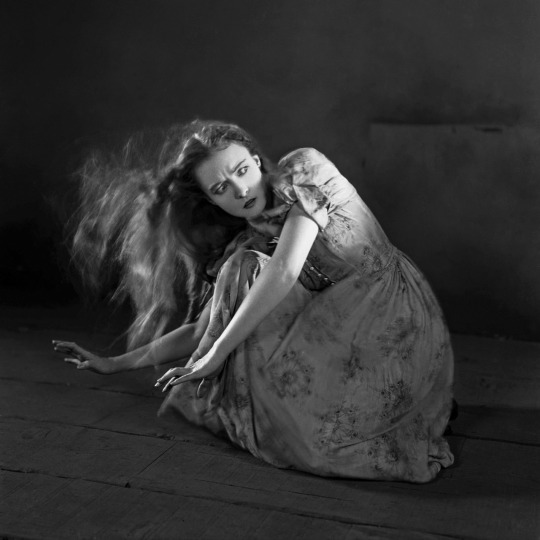
Lillian Gish as "Letty” in The Wind, 1927
#lillian gish#1920s#old hollywood#silent era#classic movies#the wind 1927#vintage#silent film#silent movies#golden age of hollywood#vintage fashion#1920s fashion#black and white#photography#photo restoration#horror
1K notes
·
View notes
Text
Drunken Master II: Legend of the Drunken Master (dir. Lau Kar-Leung)
-Jere Pilapil- 10/10
When it comes to Jackie Chan, you basically know what you’re getting, much like the silent film actors that inspired him. The stories are never that interesting (and likely fall by the wayside for minutes at a time). The ingenuity of his stunt work and action scenes set apart the best from the worse, for the most part. Drunken Master II (aka The Legend of the Drunken Master) is his best movie, I think, because every action scene is more novel than the last. The humor is mostly sharp (with one major, unfortunate exception). There’s so much energy and creativity in every scene here. It’s deeply irresistible.
In theory, this movie probably shouldn’t work as well as it does. Then-40 year old Jackie Chan plays Wong Fei-Hung, who, I think, it meant to be a teen or young adult. There’s a snatch of dialog where is stepmother (Anita Mui) says something about him going through puberty - . Ti Lung (then 48 years old, ha) plays Fei-Hung’s stern father, a doctor and martial arts teacher. Everyone in the Wong family practices martial arts because this is a martial arts movie, but Fei-Hung is particularly adept at drunken boxing while his father is ashamed of it.
In a plot point that feels timely with discussions of the legacy of the British empire, some evil Brits (not quite as cartoonishly evil as those in RRR but pretty close) are trying to steal Chinese artifacts using shipments from a steel mill as a front. One of their most valued pieces, of course, gets mixed up with some ginseng the Wongs are transporting, putting our protagonists in the crosshairs of some Chinese officials with British sympathies. There’s a lesson here that’s a little deeper than most Jackie Chan plots, but it basically plays out like one of his normal farces.
What’s abnormal is that this is a movie where it seems Chan’s vision, budget, physical ability and ambition all align perfectly. Every fight scene is eye popping, starting with a crouched fight under a train. There’s less drunken boxing in this movie than you’d think, but it’s a delight whenever Chan goes into that mode: his movements are more fluid than water, and the pace of all the choreography is superhuman. There’s a real beauty to all of this, I find. The cliche knock on martial arts movies is the idea that the bad guys will gang up on the hero and try to fight them one by one - I see that happen way less than detractors would have you think, and here Chan is often on upwards of dozens of people by swinging objects like broken table parts or weapons around wildly. The stunt work should, frankly, be impossible: Chan barely rolling out of the way of heavy barrels (a parallel to Buster Keaton’s famous collapsing house, though Chan’s done more obvious homages), later falling into a bed of hot coals, all while perfectly executing fight choreography where his character is supposed to be ridiculously drunk.
And the comedy! Chan at this point had long perfects his bumbling fool who fights good persona, but Anita Mui deserves a shout out for being a perfect agent of chaos. She has Fei-Hung’s father wrapped around her finger, and uses it to help her stepson get out of trouble and later into deeper trouble (out of the frying pan and into a bed of hot coals, as it were). The plot gets away from the movie at some point (particularly the involvement of the steel mill, which is an afterthought until it is very, very important of bonkers action scene set up purposes), but the acting and comedy are mostly on point.
“Mostly” because it’s worth knocking the ending, which I won’t spoil, but it was cut from the US version (I saw a new restoration of the Hong Kong version). It may be in poor taste certainly the style of acting Chan uses to convey some, um, information in the end is. But it’s also a bummer of an ending for a character who mostly his heart in the right place but took a wayward path to getting the rest of himself there, let’s say. Still, though, this is Jackie Chan at his peak; other of his movies might have a couple stand out scenes among a bunch of generic ones or a budget unable to bring together the vision, or got butchered in translation (still waiting for an uncut, properly translated Police Story 3). This one, in all its glory, is everything good about Jackie Chan, martial arts, and cinema.
0 notes
Text
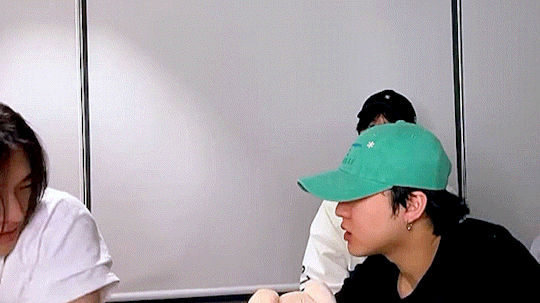


#bystay#changbin#hyunjin#seungmin#stray kids#skz#gifs#staydaily#HYUNIBINIIIII a life has just been restored in my health bar#the way seungmin is just sitting there like 😐👀 while bin is all over hyune is making me giggle#like he’s seen this film before he isn’t phased
1K notes
·
View notes
Text
I've been scanning and restoring some pieces of original Star Trek: TOS film and wanted to share this before and after from a deleted scene in the episode "Elaan of Troyius":


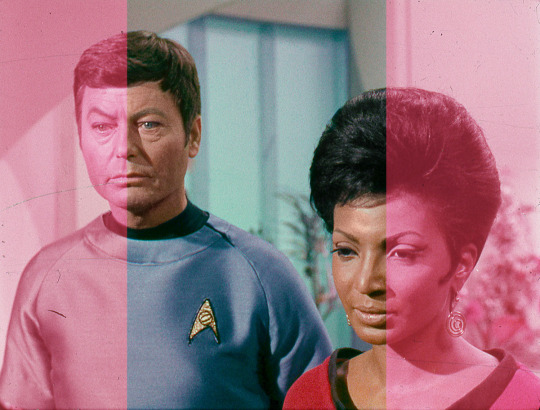

At nearly 60 years old, the film is in bad shape, exhibiting substantial scratches and color shifting. The magenta/red tint is a good example of dye fading, a sign of deterioration likely due to the film stock it was shot on.
Prior to 1950, color motion picture film was shot in Technicolor, which required a large, cumbersome camera to simultaneously expose 3 separate strips of negative film that then underwent a proprietary dye imbibition process to create a full color image. Though visually stunning and remarkably color-stable, it was a complicated, expensive process reserved only for high budget productions. In 1950, Eastman Kodak introduced Eastmancolor, the first 35 mm “single-strip” color motion picture negative -- in short, a film that was easy to shoot and process, and compared to Technicolor, only used a 1/3 of the film stock. Suddenly color film was an affordable option for studios and its popularity took off. Eastmancolor was composed of a single strip of negative film surfaced with 3 layers of light-sensitive gelatin emulsion. During development, a chemical reaction produced magenta, yellow, and cyan dyes on their corresponding layers, which were superimposed to create a full color image. Unfortunately, these dyes were unstable, something that wasn't apparent until aging films began to lose their color in the following years.
The Star Trek image above is pink because its yellow and cyan dyes have faded away, leaving just the magenta layer. The information may be lost, but digital restoration can improve what's left. But because the yellow and cyan greatly contributed to the overall density of the image, basic color balancing still produces a lower contrast version compared to what the original must have looked like. The missing richness and depth seems most apparent in the skin tones, but hand painting some of the color can bring a little life back to it, as I've done here. It's a challenge because, as far as I can tell, the only remaining footage or still shots of this scene show some level of dye fading. Fortunately, now that the film is digitized, restoration can be an ongoing project. If you own any color motion picture film negatives or prints, the sooner you get them scanned the better. In the meantime, helpful storage information can be found here.
It's been a while since I've shot any film (film major), so it's nice to see it again, even if it's chopped up into single frames. I have a small collection of them so I'll post more restored images as they're completed.
BTW @cheer-deforest-kelley has a great post on how this film went from the editing room floor to the hands of fans.
#star trek#star trek the original series#tos#leonard mccoy#deforest kelley#nyota uhura#nichelle nichols#elaan of troyius#film preservation#film restoration#35mm film
2K notes
·
View notes
Text

Marilyn Monroe / publicity photo for Joshua Logan’s Bus Stop (1956)
339 notes
·
View notes
Text
felt like compiling some b roll of this guy working on paintings, some interesting expressions.
#(this was hard bc he usually just films the paintings with no face. tease.)#baumgartner restoration#art restoration#julian baumgartner#art conservation
350 notes
·
View notes
Text
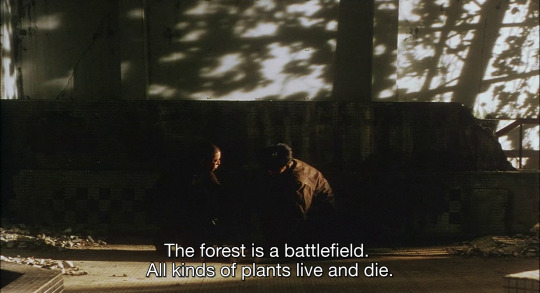

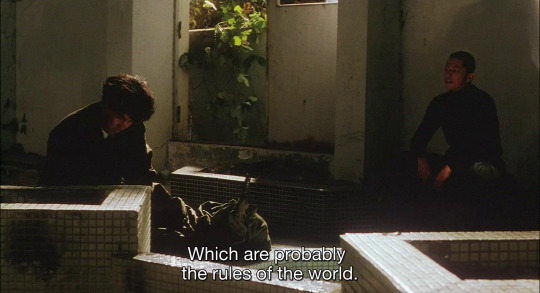


Kiyoshi Kurosawa
- Charisma
1999
#Kiyoshi Kurosawa#Charisma#黒沢清#カリスマ#Japanese Film#1999#restore the rules of the world#役所広司#koji yakusho
203 notes
·
View notes
Text

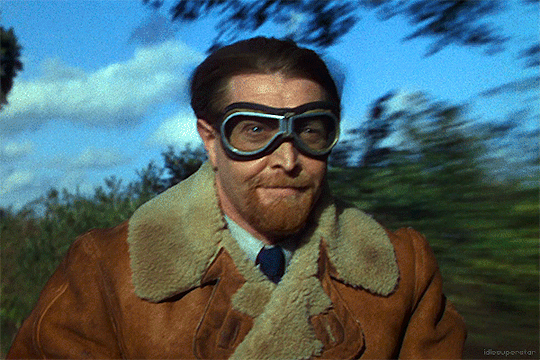
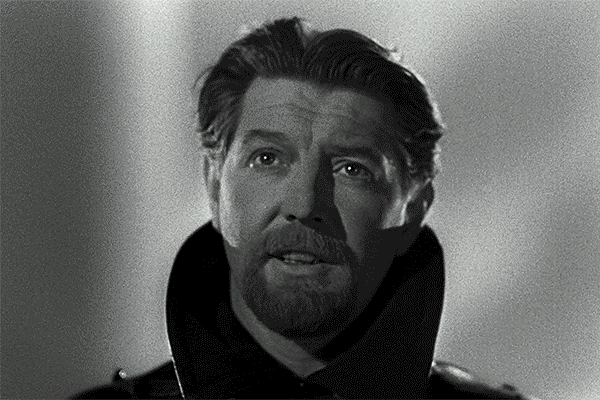
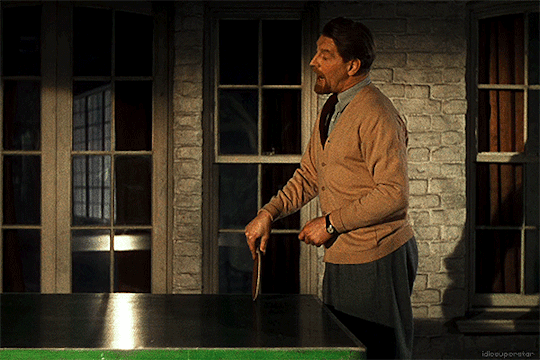
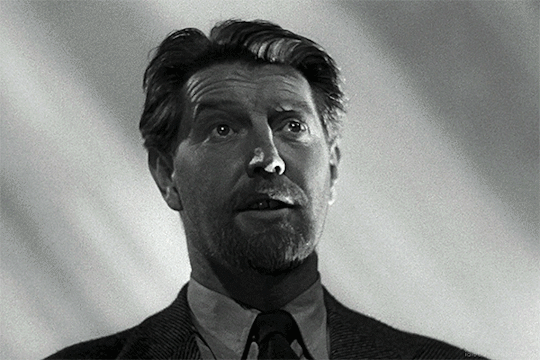
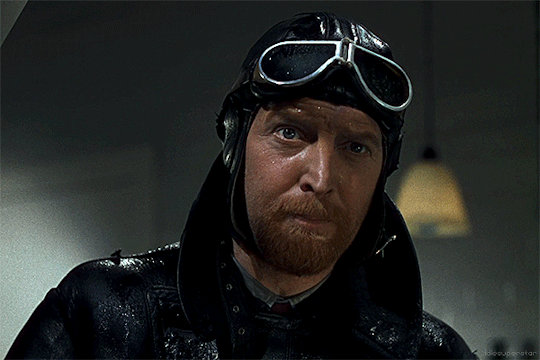
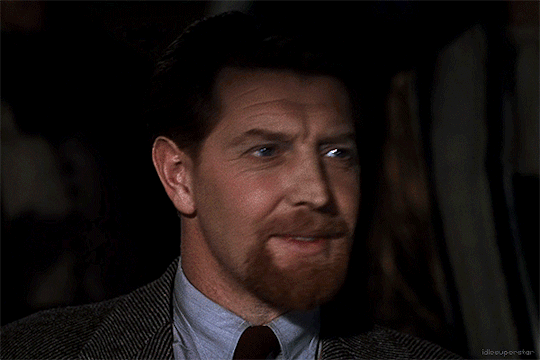
current sexual orientation: tweedy, warm, intelligent, wry, ping-pong playing, whisky-drinking, poetry-quoting, motorbike-racing, gloriously red-headed here-on-earth-I-am-your-defending-counsel Doctor Frank Reeves [Roger Livesey: A Matter of Life And Death, Powell & Pressburger, 1946]
#I say CURRENT but in frank's case it is CONSTANT also ETERNAL#roger livesey#frank reeves#did I go see AMOLAD on the big screen AGAIN last night hell YES I DID#did I do a cry as usual yes I did#it was super cool watching it with pals who have not seen it before and could NOT believe the ambulance crash#so it is ridiculous that I have not made this gifset before#but to be honest#I giffed pretty much ALL this film back in the pre-restoration days#(pre the film being restored not pre charles II)#although sometimes it feels like the 17th century it's so long ago#and wow I am still not used to having NO SIZE LIMIT on gifs I remember the days we got excited when it went to 1mb#I celebrated by making an errol robin hood gif in big#anyway this film is as EVER a joy and always great to be reminded of how amazing it is also how queer it is#and beautiful and special and human and basically one of the greatest pieces of art ever made#my wee gifs
118 notes
·
View notes
Text
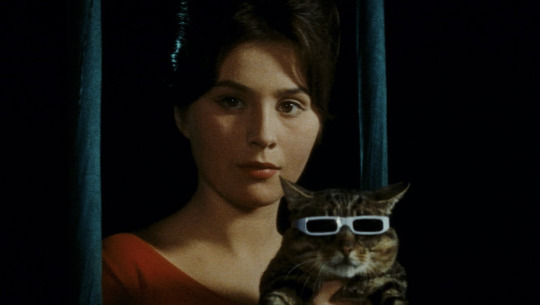
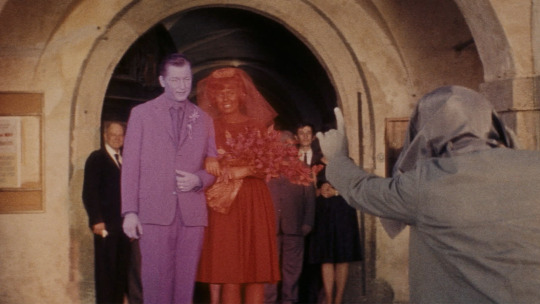

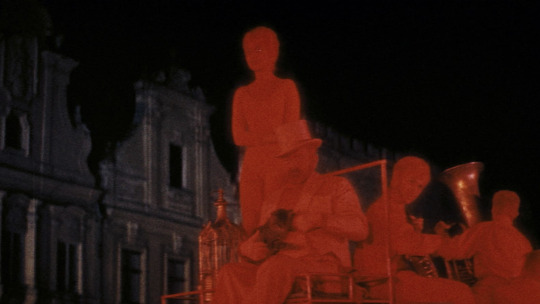
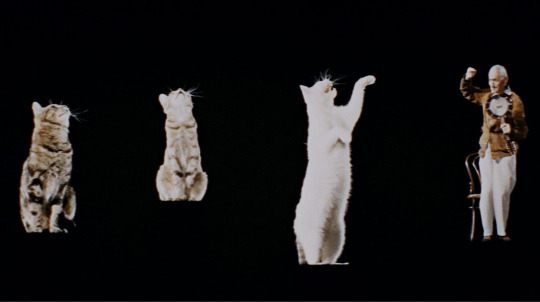
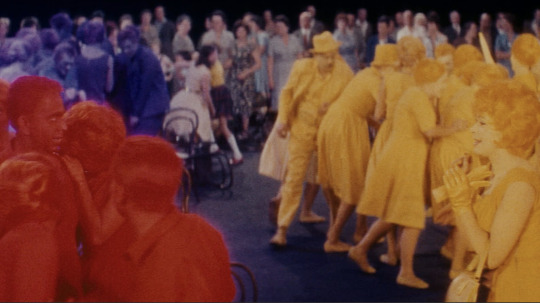
SUBLIME CINEMA #665 - CASSANDRA CAT
60's Czech new wave cult weirdness, about a cat that can read people's minds. Somewhat political allegory, it's one of the strangest offerings from that period of Czechoslovak filmmaking, now rediscovered and recently restored.
#cinema#films#cinematography#film#movies#movie#film stills#filmmaking#filmmaker#cinephile#janus films#the Cassandra cat#czech#Czech filmmaking#Czechoslovakia#60's#cannes#cannes film festival#restoration#cult#cult film#cult movie#fantasy#science fiction#weird#color#science fantasy#sci fi#foreign film#Vojtěch Jasný
107 notes
·
View notes
Text

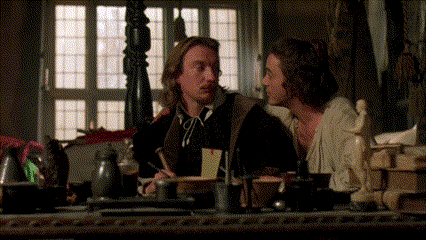
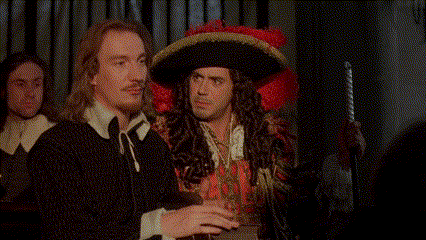
David Thewlis
Restoration - 1995
Part 1/6
#Renaissance Remus and Sirius
#david thewlis#remus lupin#lupin#remus#90s#gif#gay#young remus lupin#sirius black#sirius#remus x sirius#90s nostalgia#film#drama#renaissance art#period piece#restoration#wolfstar
103 notes
·
View notes
Photo

Sunset Blvd., Polish film poster design by Waldemar Swierzy, 1957
#sunset blvd#sunset boulevard#film noir#1950s#classic movies#vintage movie posters#waldemar swierzy#movie poster#sunset blvd 1950#film#billy wilder#illustration#vintage#photo restoration#polish film poster#polska szkoła plakatu
635 notes
·
View notes
Text


"You keep using that word. I do not think it means what you think it means."
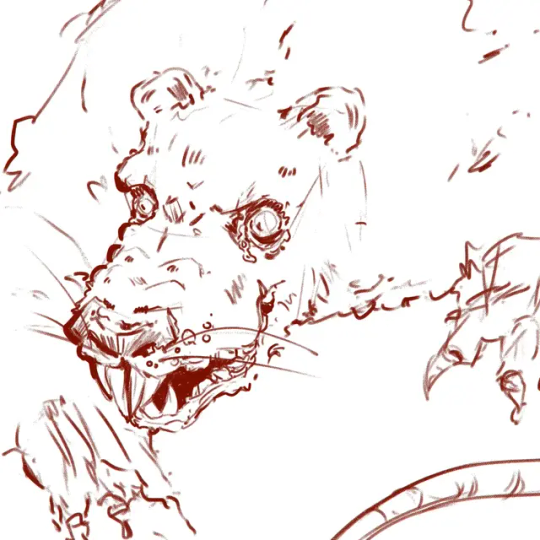

Bonus R.O.U.S. + me being sick watching film
#this film restores my faith in humanity everytime I watch it#i deeply love it with all my heart#spinch art#art#doodle#digital art#sketchbook stuff#princess bride#inigo montoya#andre the giant#Westley#buttercup#fanart#fan art#illustration#sketch#my art
45 notes
·
View notes
Text
Before and after restored film frame, Star Trek: The Original Series, "Spectre of the Gun"

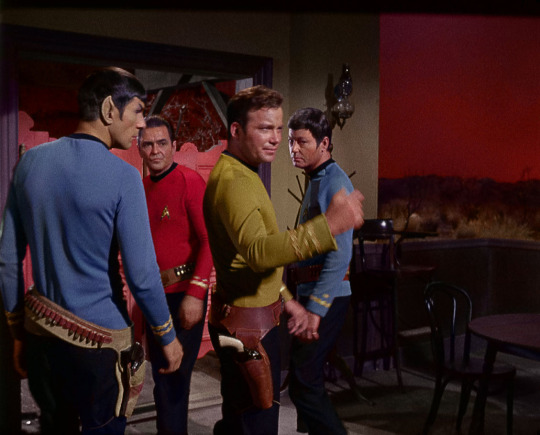

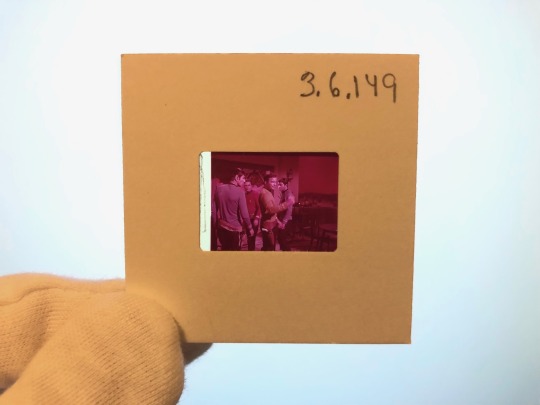
DeForest Kelley breaking the fourth wall.
BTW the expressions in this restored frame from the same episode make more sense after seeing the recently unearthed season 3 blooper reel.
#star trek#star trek the original series#tos#mr spock#jim kirk#leonard mccoy#montgomery scott#leonard nimoy#william shatner#deforest kelley#james doohan#film restoration#35mm film
425 notes
·
View notes